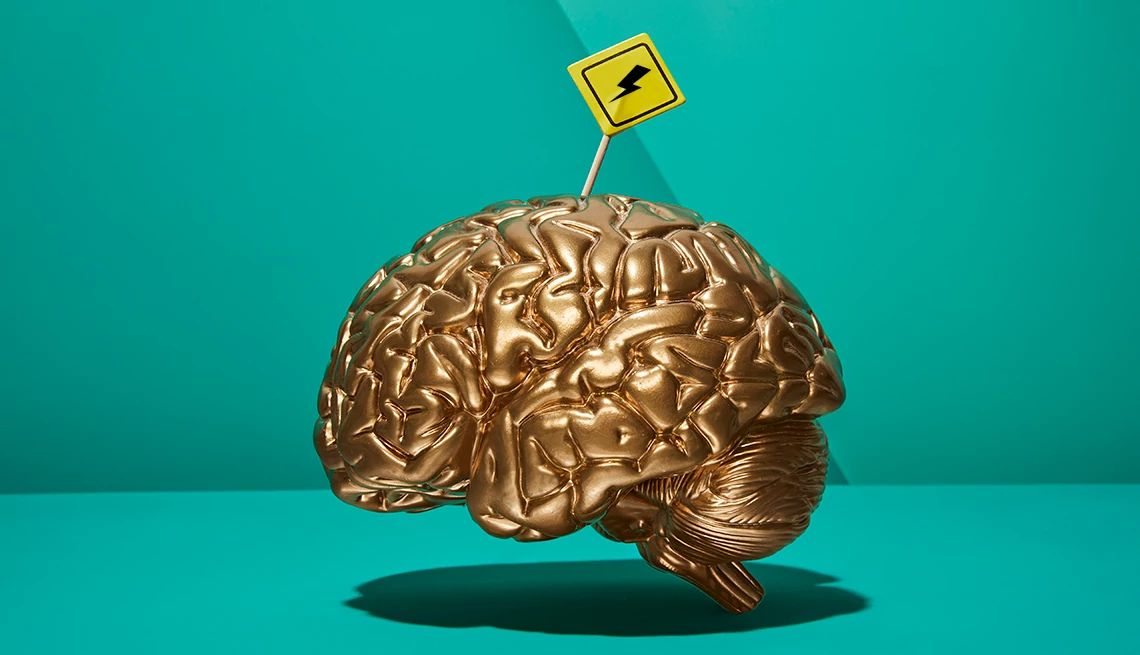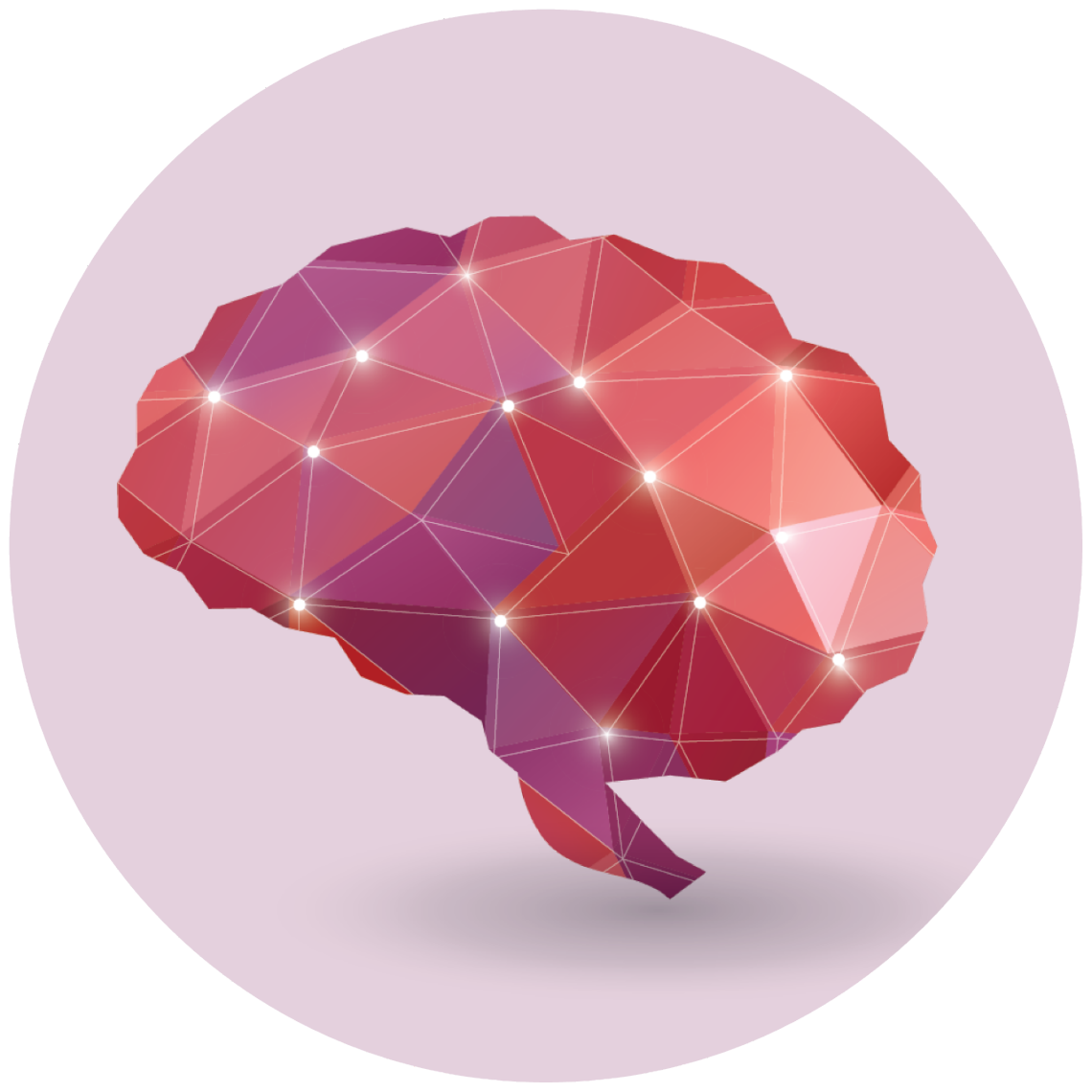AARP Hearing Center


What’s scarier than having a life-changing medical emergency? Having one and not knowing it.
That’s the case with what’s known as a silent stroke.
A silent stroke occurs when blood flow to the brain is blocked or cut back, depriving brain cells of oxygen in the process. But unlike the more well-known ischemic and hemorrhagic strokes, a silent one shows none of the initial symptoms that signal a stroke is happening and you need to get to the ER pronto. Those warning signs include slurred speech, arm weakness, face drooping, a change in vision or loss of balance.
Although a silent stroke goes unnoticed, “an absence of symptoms doesn’t necessarily mean an absence of brain injury,” says Mitchell Elkind, M.D., chief science officer for brain health and stroke at the American Heart Association.
People who’ve had one may eventually experience problems. Silent strokes, Elkind says, “can still damage the brain and accumulate over time.”
Here’s what you need to know.
Who is most at risk of a silent stroke?
Like an ischemic stroke, a silent stroke is caused by a blood clot that interrupts blood flow in the brain, as opposed to a hemorrhagic stroke, which is characterized by bleeding in the brain.
“The absence of symptoms is usually due to the fact that the stroke is very small, so not enough brain tissue is damaged to lead to a deficit or symptoms,” Elkind says.
“It could also be due to the location of the stroke in a part of the brain that isn’t responsible for functions, such as strength, sensation or language, that would be obvious to the person experiencing the stroke,” he adds.
AARP Brain Health Resource Center
Find in-depth journalism and explainers on diseases of the brain — dementia, stroke, Parkinson’s disease, mental-health topics. Learn about healthy habits that support memory and mental skills.
For every stroke with noticeable symptoms, 10 silent strokes occur, on average, according to the American Stroke Association. The risk is greater for older adults (around 1 in 4 people over age 80 have had a silent stroke).
It’s also higher in people with atrial fibrillation, or AFib. This irregular heartbeat disorder increases the risk of silent stroke more than threefold. People who smoke or have a history of vascular disease, both of which affect blood vessels, are also at higher risk.



































































More From AARP
3 Stress-Reduction Techniques
Try these relaxation methods to ease stress and nourish the body at AARP® Staying Sharp®
8 Common Stroke Myths Debunked for Better Recovery
Distinguishing fact from fiction is vital for stroke recovery; it empowers individuals to act quickly for better health outcomes
How to Prevent Middle-Aged Strokes
Meanwhile, stroke rates hold steady for adults 65 and older8 Warning Signs of a 'Silent' Heart Attack That Are Easy to Overlook
Symptoms can be subtle, but that doesn't mean they're any less dangerous